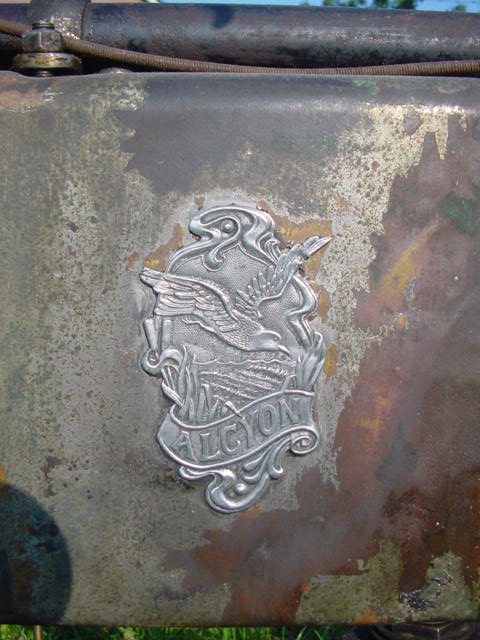First, one should pay attention is the condition of bike:
1. Engine, carburetor, and air filters: Checking this third part is the main thing done. Clean the carburetor and air filter if there is dirt. Because impurities can be clogged and thus reducing engine performance.
2. If not too late, let the vehicle is always in a state standard. Modifying performance by replacing the exhaust and bore-up machine will certainly add to the cost. Moreover, if in the legs, the wheel is replaced with a more broadly. MODIFY performance will greatly increase operating costs. In addition to high-octane fuel must sometimes extravagant and fuel, the device was sometimes problematic performance kit and you become frequent trips to the garage if. Parts can be problematic due to incompatibility with the motor or the installation of the wrong way.
3. Regular service in formal workshop is the most easily managed. It is recommended to service the vehicle every 4000km (light service) and every 8000km (service weight). Specification used oil must also be suitable. Usually 2000km oil age. And do not forget an oil change every 2000km.
Matter how good the condition of the motor, of course, if not balanced by an efficient way of driving, on top of things is no good. Then the following fuel-saving driving tips:
* Increase the gas rotation is smooth. The more sudden throttle, the fuel the more extravagant. Use the spin machine that is still normal. This means not making up the maximum torque and even power.
* Use the right gear at any speed. Use low gear at high speed in addition resulted in a noisy engine sound, and the engine is hot because rpm is too high, this can damage the clutch and brake clutch home. Because when the rpm is too high, the clutch will work hard in the process of moving teeth. Instead, use high gears at low speeds than extravagant, also damage the engine. Because the torque is less to attract the vehicle, the gas tends to be opened wide, and the clutch seemed interested. In a small cc bike with 100cc eg, precision use of teeth is very influential because its torque is small. So just a little inaccurate, sluggish direct labor. Then subtract the teeth if running at low speed.
* Do not directly play a full gas. Because vehicles can not remove the engine power in an instant. So it needs led. Playback in full instead of gas will lead to engine trouble reaching its maximum power. Besides that CDI can be damaged if the motor is often run with a full gas.
* Do not be goaded into racing. In addition to unsafe and wasteful fuel because the engine speed (rpm) high, you'll be busy contortion bend to the left and right or vice versa to find a solution and avoid a slower driver. Thus, the distance you travel will become longer (distance). Because the actual shape of the straight path, but you form a line-shaped curve to the left and right. In addition to fuel wasteful, it is definitely quick brake wear.







































